
 It’s 9.00am when I pass through the open doors of the old barn, overlooking a valley carving its way through the mountainous terrain of Uvdal, Norway. The sun peaks through the grey clouds which have left morning dew on the yellow flowers popping around the well-worn farm. There is a cool breeze, which is welcome in the Uvdalsleiven kitchen, where the takke (griddle) reigns as it exerts its heat in every corner of the room. It’s temperamental. The colder it is inside, the higher its temperature must be. The hotter it is, the lower its temperature. And so it is with the takke, the surroundings effecting it in a way that only an experienced baker can instinctively master. Like a barista, the baker must constantly be in control and make adjusts to produce a quality product. And here at Uvdalsleiven, you can immediately see the symbiotic relationship which creates so much harmony in the kitchen. (more…)
It’s 9.00am when I pass through the open doors of the old barn, overlooking a valley carving its way through the mountainous terrain of Uvdal, Norway. The sun peaks through the grey clouds which have left morning dew on the yellow flowers popping around the well-worn farm. There is a cool breeze, which is welcome in the Uvdalsleiven kitchen, where the takke (griddle) reigns as it exerts its heat in every corner of the room. It’s temperamental. The colder it is inside, the higher its temperature must be. The hotter it is, the lower its temperature. And so it is with the takke, the surroundings effecting it in a way that only an experienced baker can instinctively master. Like a barista, the baker must constantly be in control and make adjusts to produce a quality product. And here at Uvdalsleiven, you can immediately see the symbiotic relationship which creates so much harmony in the kitchen. (more…)
Tag: Breads & Baked Goods
-
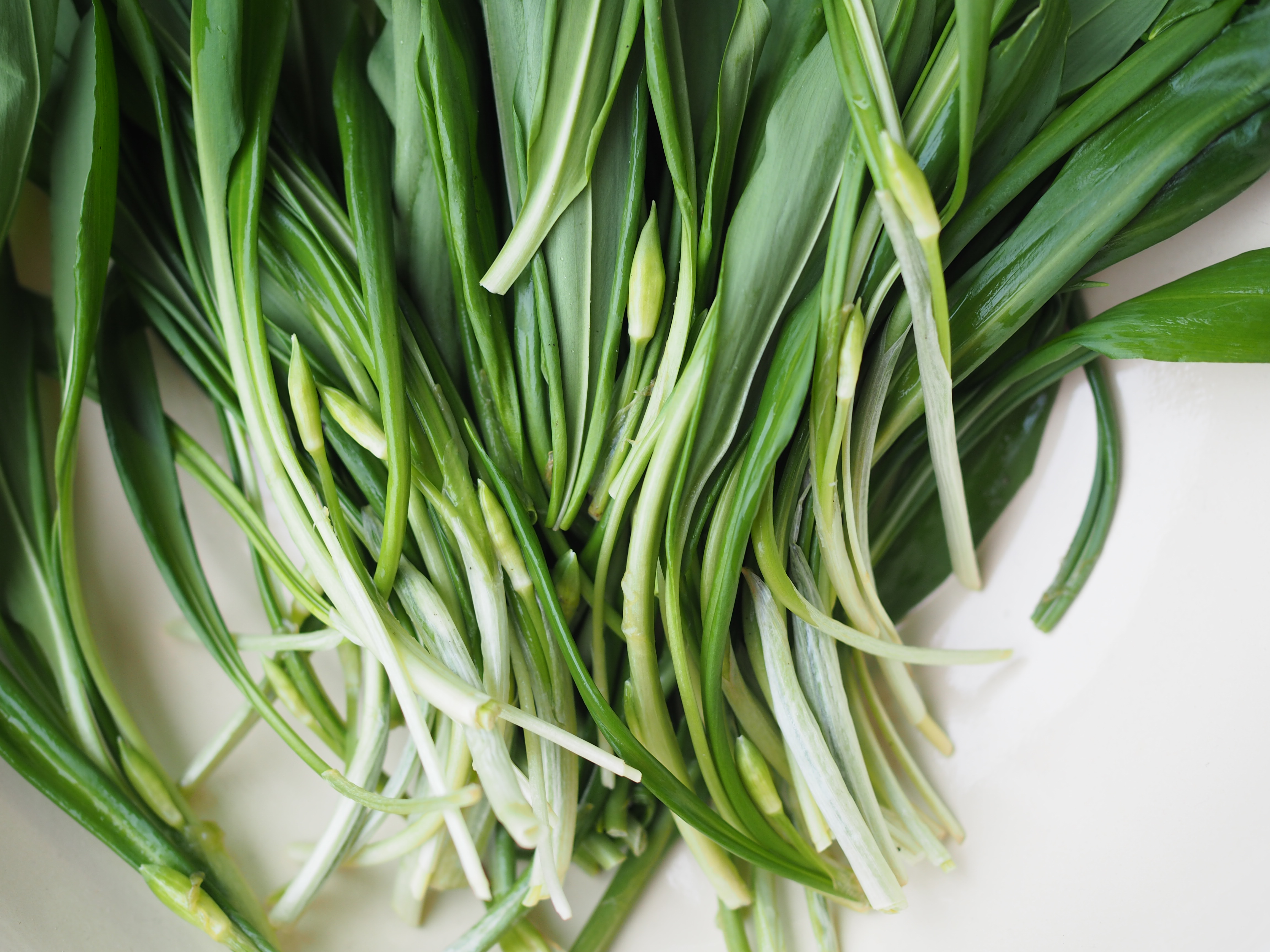
Wild Garlic – Soup and Bread with Potatoes (Ramsløksuppe og Ramsløkbrød)
Wild garlic or ramps, known as ramsløk in Norwegian, can be found along the coasts and in the forests of Norway mainly during May and June. The season is short, only a few weeks, and as quickly as they grow up, they wither before the start of summer. They are a culinary treasure, used by chefs and home cooks who wish to serve up the perfect taste of springtime. They are also incredibly nutritious, and have been used for centuries for their medicinal properties.
This delightful plant grows wild, and has a subtle garlic flavor. It makes a nice addition to soups, salads, tarts and sauces as its taste is incredibly versatile. It’s one of those greens that needs only a little imagination to go a long way. If you can’t get your hands on any wild garlic, you can substitute it with garlic chives.
-
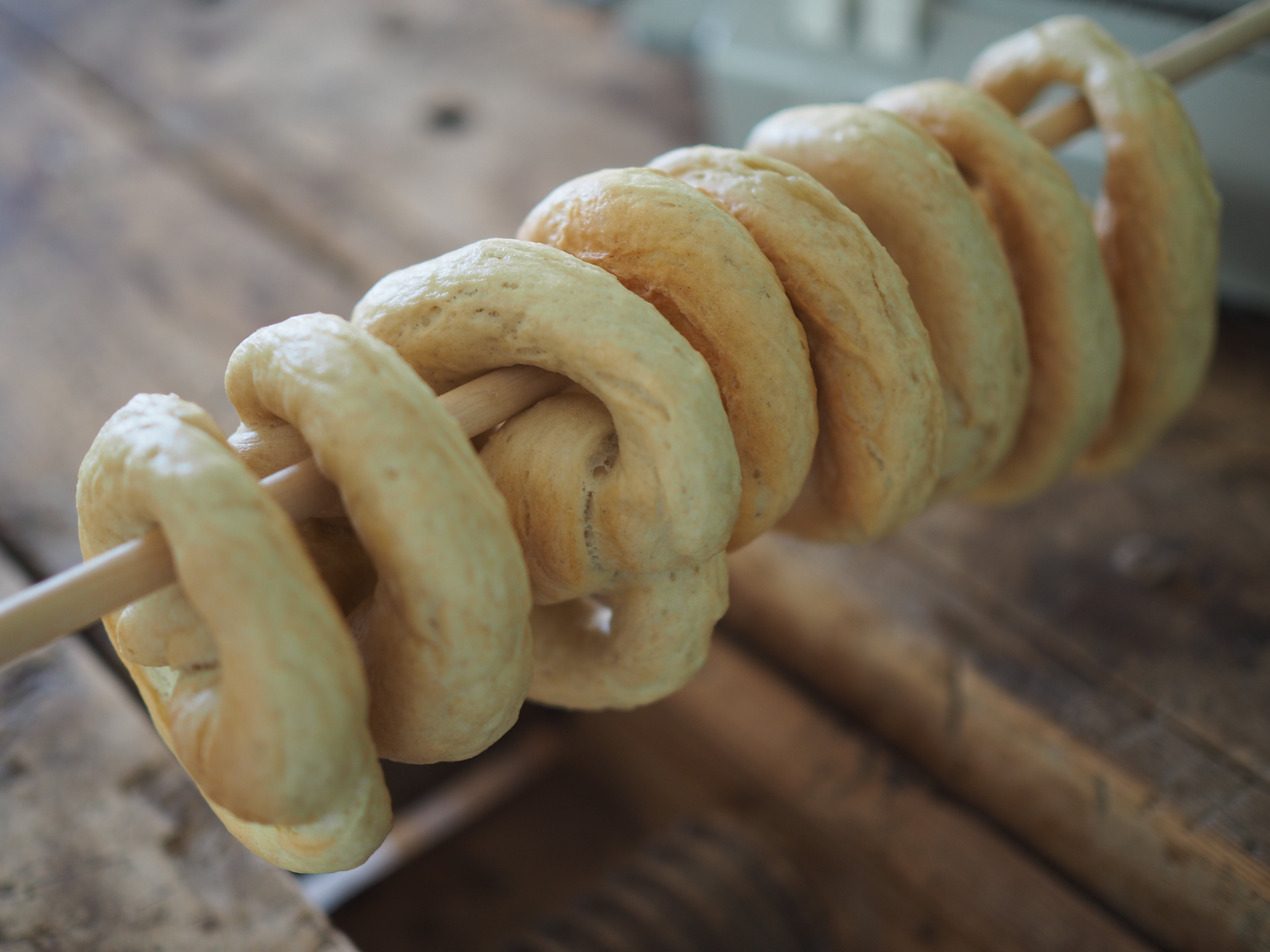
Vannkringler (Bergen Pretzels)

 Kringler. Nordic pretzels of various forms of sweet, salty, filled, crispy and soft. But one kringle stands out as one of the most well-known in Norway and it hails from Bergen. It also happens to be a permanent fixture on the 17 Mai (Grunnlovsdag) table, as it finds its place alongside spekemat (cured meats) and rømmegrøt.
Kringler. Nordic pretzels of various forms of sweet, salty, filled, crispy and soft. But one kringle stands out as one of the most well-known in Norway and it hails from Bergen. It also happens to be a permanent fixture on the 17 Mai (Grunnlovsdag) table, as it finds its place alongside spekemat (cured meats) and rømmegrøt.Bergen is known in Norway for their vannkringler, a traditional pastry still consumed today. The recipe is simple: flour, water, yeast and salt. The technique is masterful, as the dough is rolled out thinly and then tossed and twisted around before being sealed with a gentle blow. Before being baked until a golden brown, they are placed in a hot water bath, hence bestowing them the name vannkringler, or ‘water ring’.
This tradition is thought to be influenced heavily by Dutch and German salesman operating in the area of Bryggen, the old trading wharf of Bergen. Being easy to store and with a long shelf-life, vannkringler was purchased by many fisherman, who would take them along their journeys. It is said that empty caskets would be used as storage for the vannkringler by northern Norwegian fisherman as they headed back home. (more…)
-
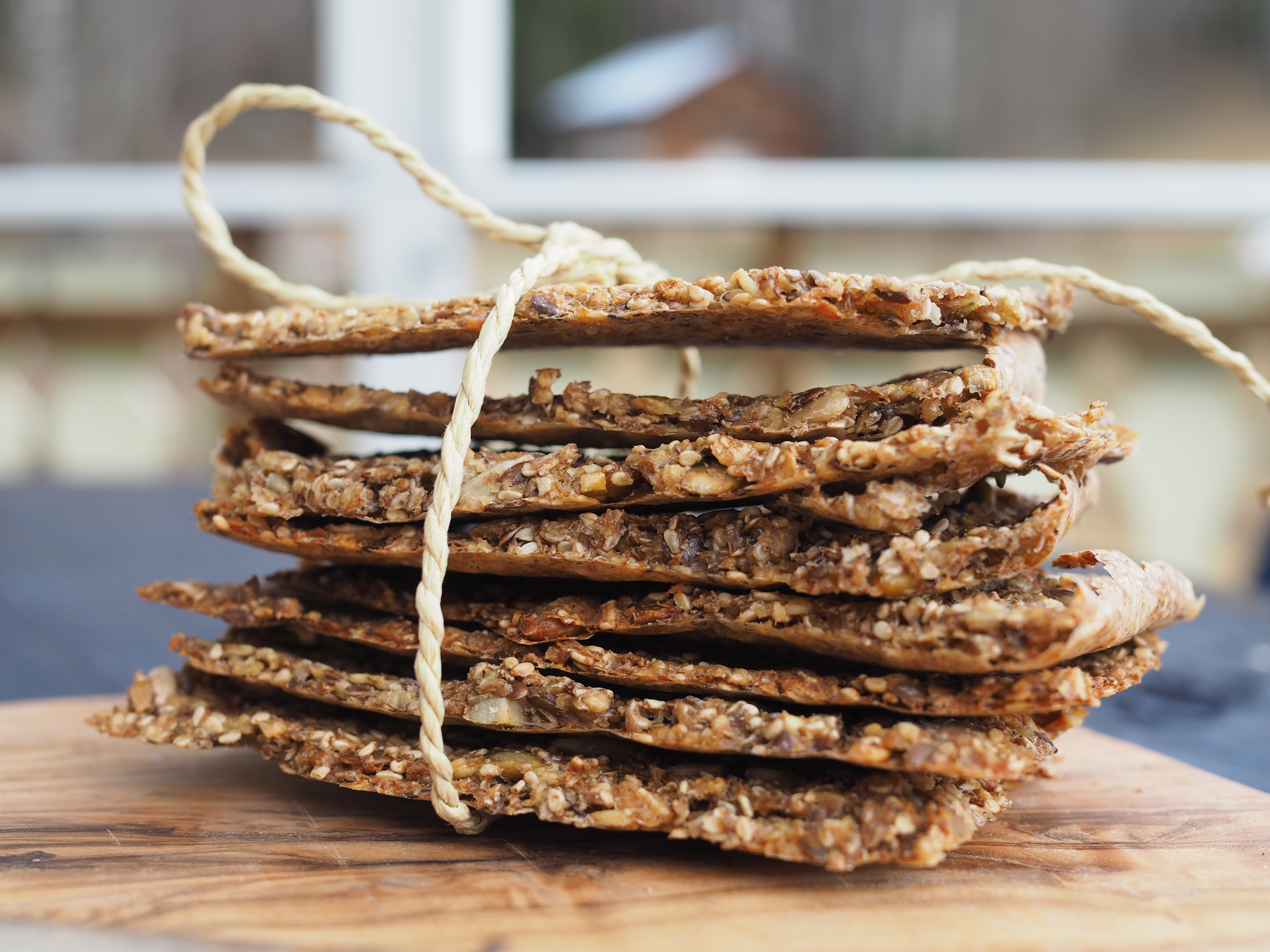
Knekkebrød (Norwegian Crisp Bread)
 A Norwegian breakfast and lunch is never complete without a slice of bread or a type of knekkebrød. These ‘crisp breads’ or ‘breaking breads’ which are flat and dry, resembling a cracker, probably originated in Scandinavia close to 500 years ago. Some sources say that crisp bread was a staple of the Vikings as they could store them for long periods of time. These crisp breads would have been baked on hot stones, while today’s knekkebrød is baked in the oven. Baking them in the oven is what makes these crisp breads so different from the Norwegian flatbrød, which is baked on a flat griddle, much like lefse.
A Norwegian breakfast and lunch is never complete without a slice of bread or a type of knekkebrød. These ‘crisp breads’ or ‘breaking breads’ which are flat and dry, resembling a cracker, probably originated in Scandinavia close to 500 years ago. Some sources say that crisp bread was a staple of the Vikings as they could store them for long periods of time. These crisp breads would have been baked on hot stones, while today’s knekkebrød is baked in the oven. Baking them in the oven is what makes these crisp breads so different from the Norwegian flatbrød, which is baked on a flat griddle, much like lefse.Once considered a poor man’s diet, knekkebrød has become widely popular boasting a healthy lifestyle with numerous variants from slightly sweet to nutty to herby & salty. They are easy to make, forgiving, and require only a few ingredients, which can be interchanged depending on what you have available in your cupboards. All one needs is a little imagination and water.

-
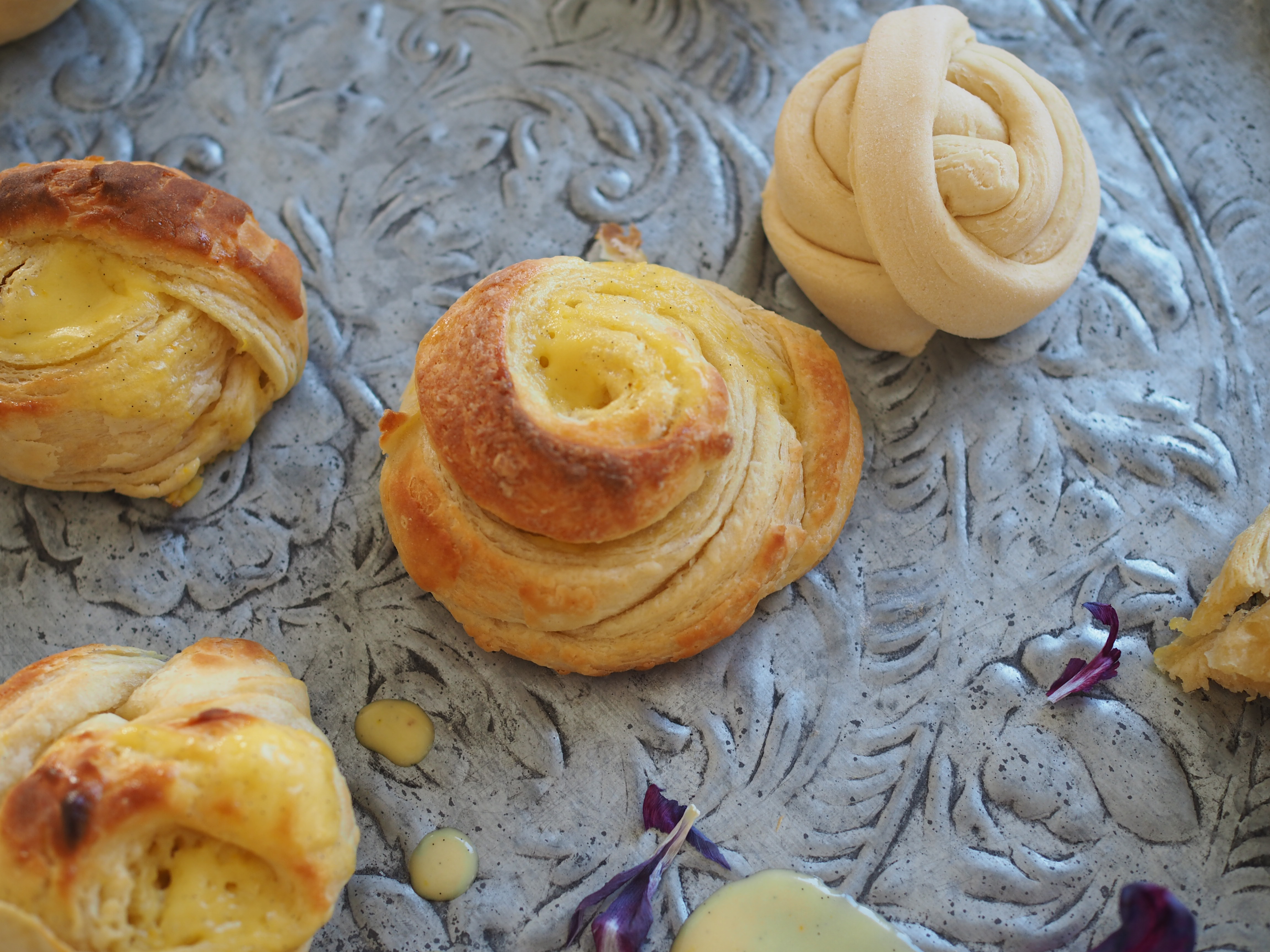
Wienerbrød with Orange & Vanilla Custard
 The smell of melting butter amidst flaky dough fills the room. A slight hint of orange and vanilla. As I wait for the minutes to pass, I cozy up to my chair and read more about the famous pastry known in Norway as wienerbrød, or translated to viennese and commonly referred to as danish in English. The aroma is well-known across bakeries in Norway and the rest of Scandinavia. It’s a pastry that was indeed created from bakers in Denmark, but not solely by their own efforts. It was a result of inspiration and the borrowing of techniques, like most recipes today. By standing on the shoulders of others, they were able to create a new, inspired pastry.
The smell of melting butter amidst flaky dough fills the room. A slight hint of orange and vanilla. As I wait for the minutes to pass, I cozy up to my chair and read more about the famous pastry known in Norway as wienerbrød, or translated to viennese and commonly referred to as danish in English. The aroma is well-known across bakeries in Norway and the rest of Scandinavia. It’s a pastry that was indeed created from bakers in Denmark, but not solely by their own efforts. It was a result of inspiration and the borrowing of techniques, like most recipes today. By standing on the shoulders of others, they were able to create a new, inspired pastry.It is said that during the 1850s, a strike broke out amongst bakers in Copenhagen. This forced bakery owners to seek help from bakers in Vienna. The help was given, as it was usual for a baker master’s son to take up an apprenticeship in Vienna, the baking capital, and therefore they had good relations. The bakers from Vienna had a long tradition of lamination, where dough is layered with fat and rolled out several times. The Danish bakers were inspired and they began to develop the techniques, adjust to own their tastes and increase the amount of rich butter. The fillings and shapes were only left to the imagination and the creation of the Danish pastry or ‘Viennese Bread’ was born.


I came across an article about the historic town of Nusfjord, situated on Flakstadøya in Lofoten. The bakery, which no longer is in use, was built prior to 1877. It produced breads and pastries to both fishermen and locals. When fishermen would come from the fisheries to supply fish, they often had to take upon debt for shelter, food and tools as they could not pay in cash. The second squire of Nusfjord, known as ‘Old Bernhard’ would hang out a little bag filled with wienerbrød to every fishing crew as a small reward for their work, despite the debts. (Source)I like to think that, sometimes, it’s just the simple, kind gestures, like hanging bags of wienerbrød for the taking, are what brings us closer as a community. Filling the belly. Satisfying a need. Doing the unexpected. Showing kindness. Those are the measures which create good relations. And so, perhaps when we bake, we should consider to double the amount. A great excuse for taking a moment to sit down, converse and share something sweet and special. (more…)
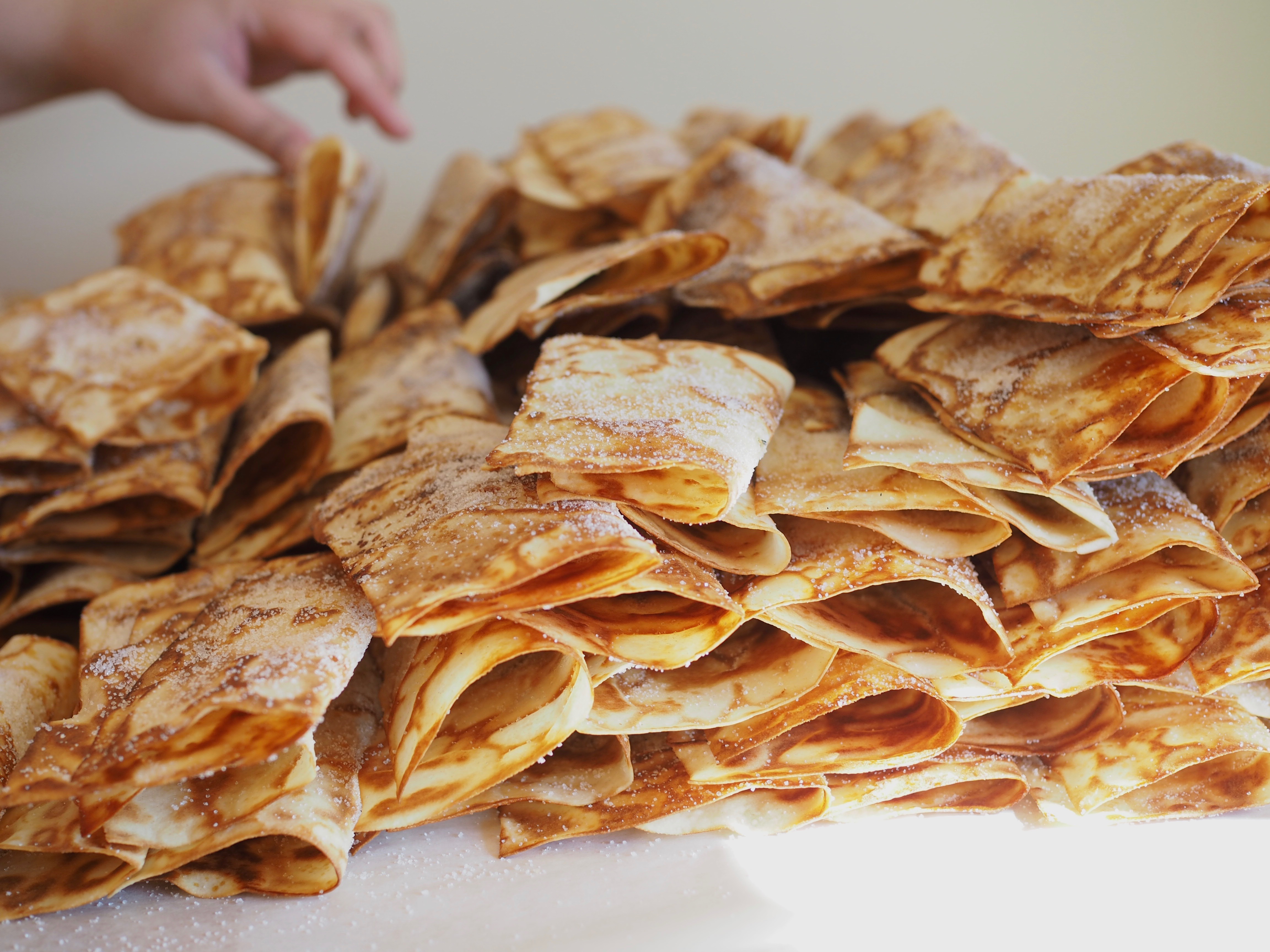




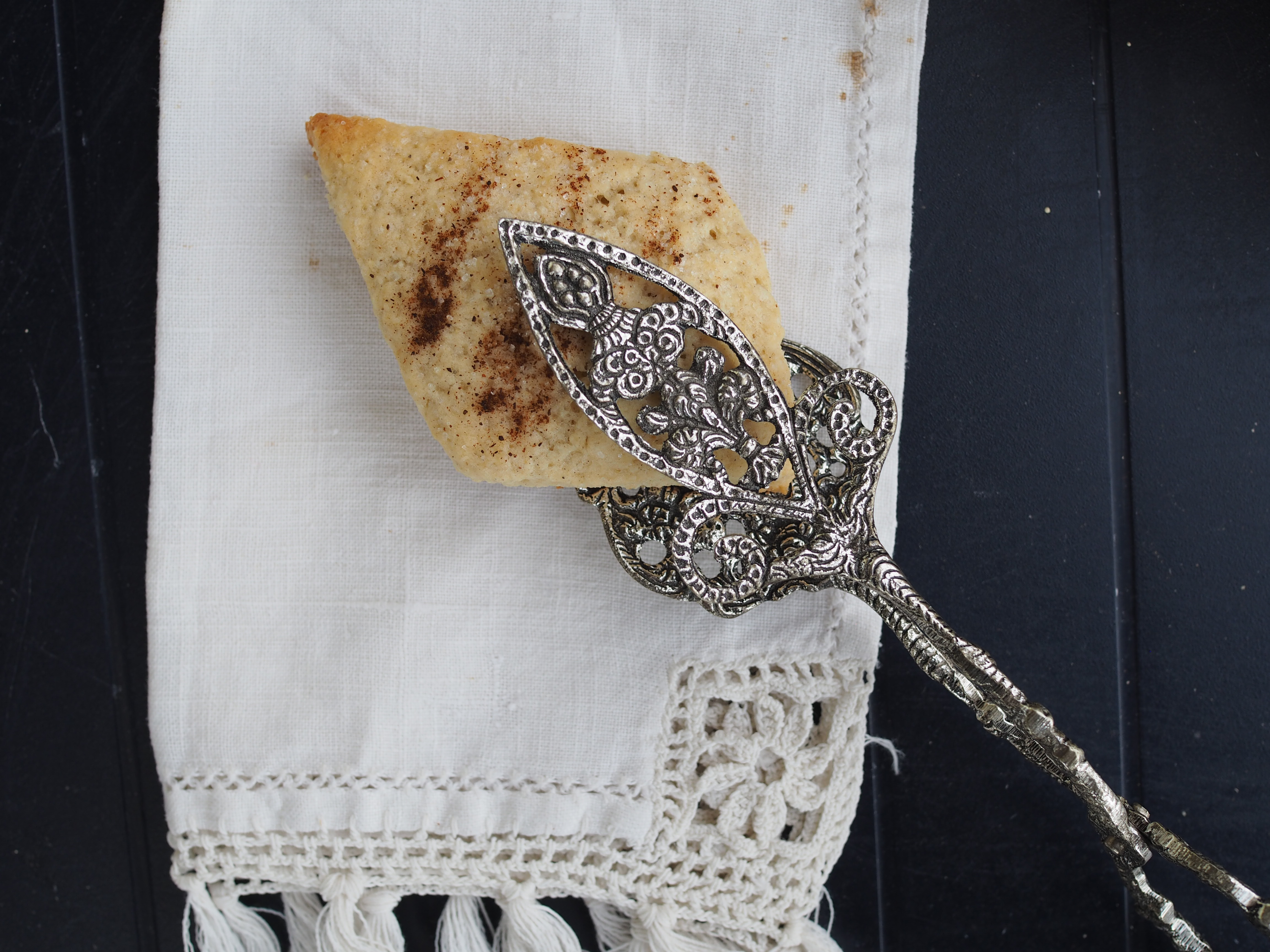
 My sister recently collated and copied my Great Grandmother’s recipes as gifts for the whole family. Reading through the recipes brought back so many wonderful memories. Her cookies were always a highlight of our holiday traditions. Cookies that, today, seem classical and perhaps a bit vintage. Something our grandmother grew up with and baked for us in our childhood, but we rarely, if ever, bake in our own kitchens.
My sister recently collated and copied my Great Grandmother’s recipes as gifts for the whole family. Reading through the recipes brought back so many wonderful memories. Her cookies were always a highlight of our holiday traditions. Cookies that, today, seem classical and perhaps a bit vintage. Something our grandmother grew up with and baked for us in our childhood, but we rarely, if ever, bake in our own kitchens.